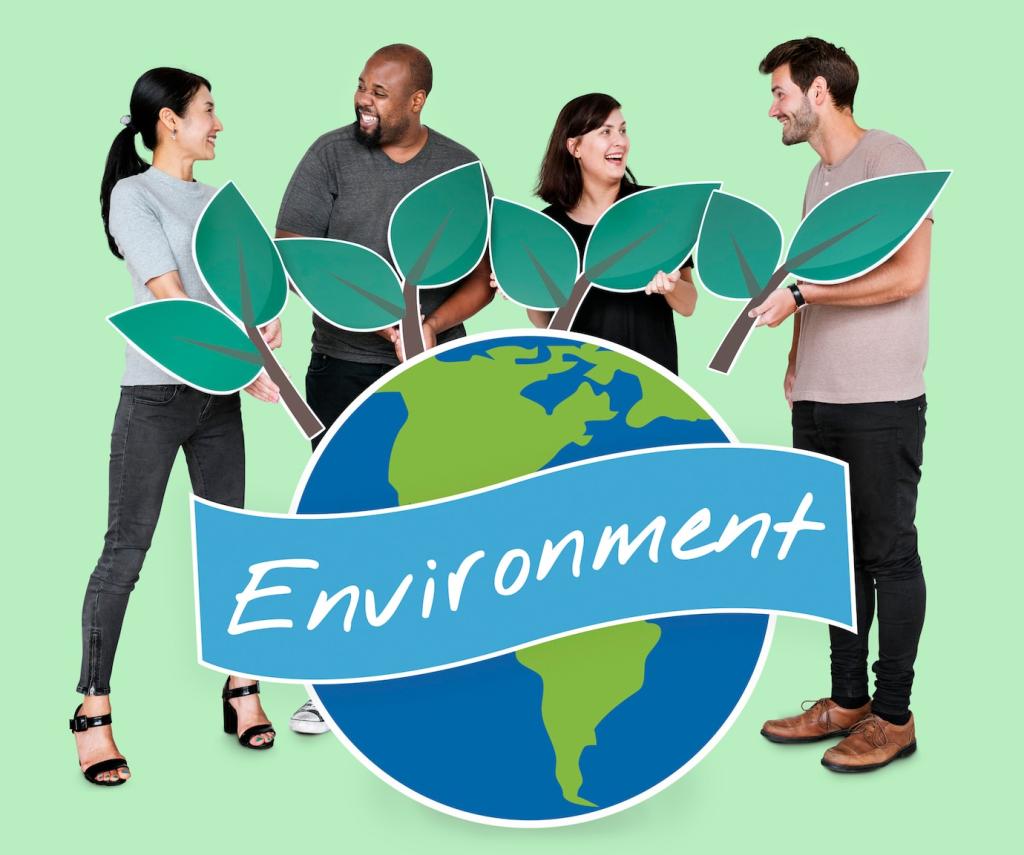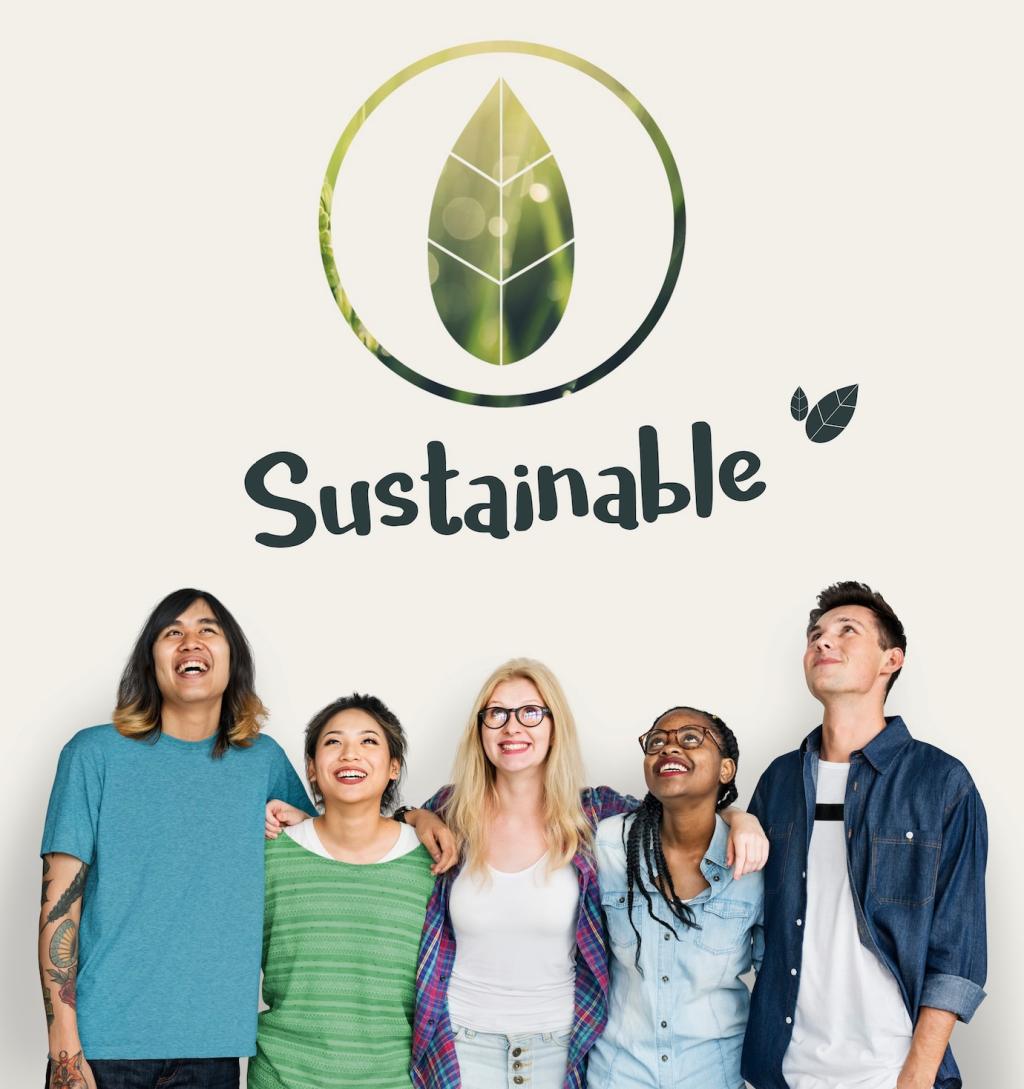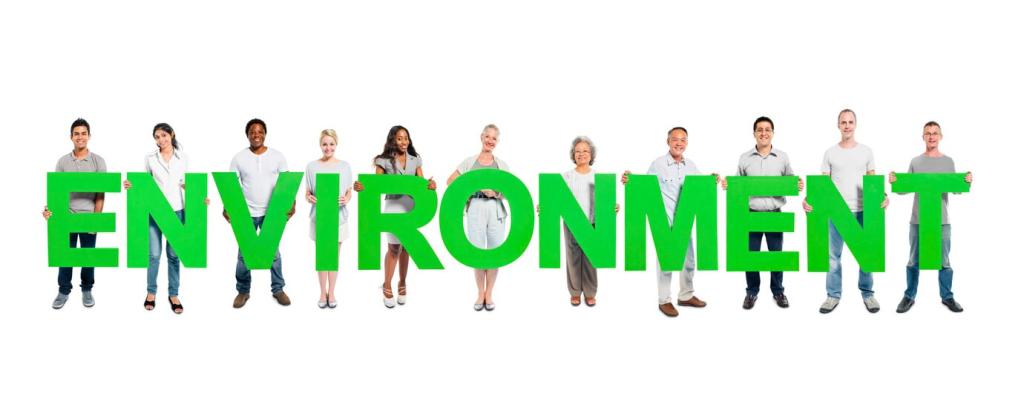Local Jobs and Inclusive Prosperity
Agricultural residues, prunings, and clean wood offcuts gain a paycheck when collected, processed, and delivered to community boilers. Residents earn steady income while solving a waste problem, proving that smart energy can create meaningful work blocks from home.
Local Jobs and Inclusive Prosperity
Instead of sending money away for imported fuels, biomass keeps circulation within town limits—fuel prep, hauling, maintenance, and monitoring. Those local transactions support corner stores, school fundraisers, and new apprenticeships. Tell us how you’d reinvest community energy savings.







